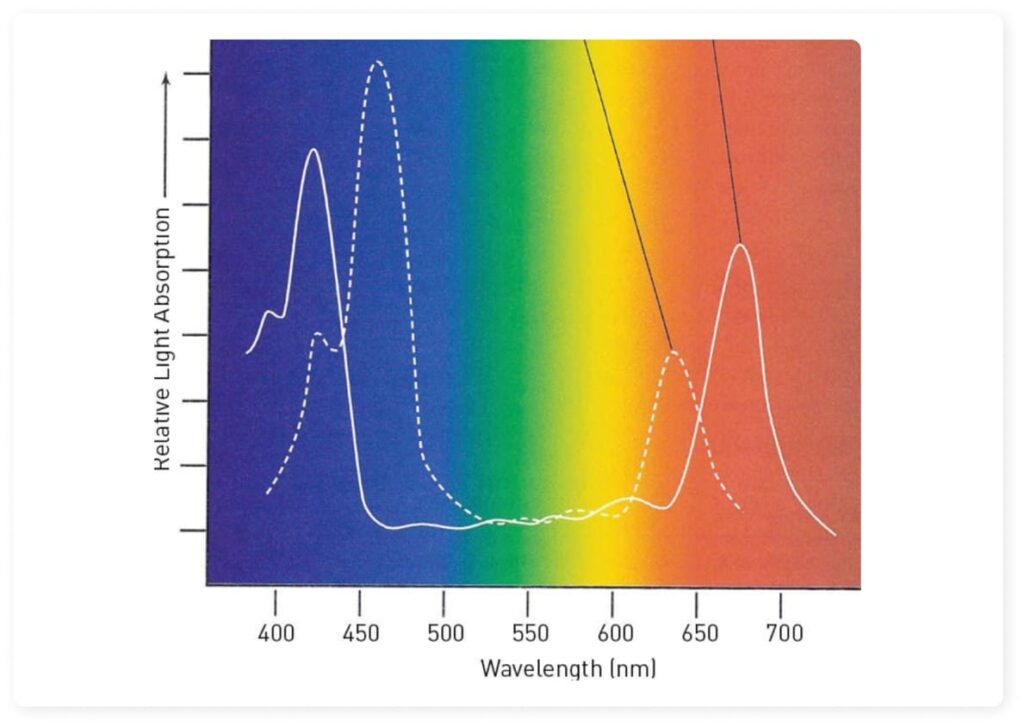Our Process
Aurora Microplates’ products are constructed of cyclo-olefin polymer (COP) which has distinctive physical and chemical properties that are superior to polystyrene and polypropylene. Unlike conventional microplates, COP creates a superior combination of optimal clarity, thermal stability, biocompatibility, low auto-fluorescence, flatness, and chemical resistance. Aurora Microplates holds exclusive patent rights for the use of this plastic in high-density microplates for laboratory research.
Great Materials & Great Design Deliver Exceptional Microplate Results
Key Material Attributes of
Aurora Microplates
High Light Transmittance:
All Aurora plates exhibit high transmittance of UV, visible, and near-IR wavelengths of light. This transmittance is superior to other plastics used in optic quantitation, including polystyrene, and results in improved research results. The plates support an expanded optical window down to 240nm. These disposable plates are well-suited for absorbance measurements of nucleic acid, and protein concentrations at 260nm, and 280nm and provide a less expensive alternative to fragile glass-bottom plates.

Low Auto-Fluorescence:
COP has less than 1% of the native auto-fluorescence of polystyrene when excited at UV wavelengths of light. The result for life-science researchers is better assay signal-to-noise performance and greater sensitivity.
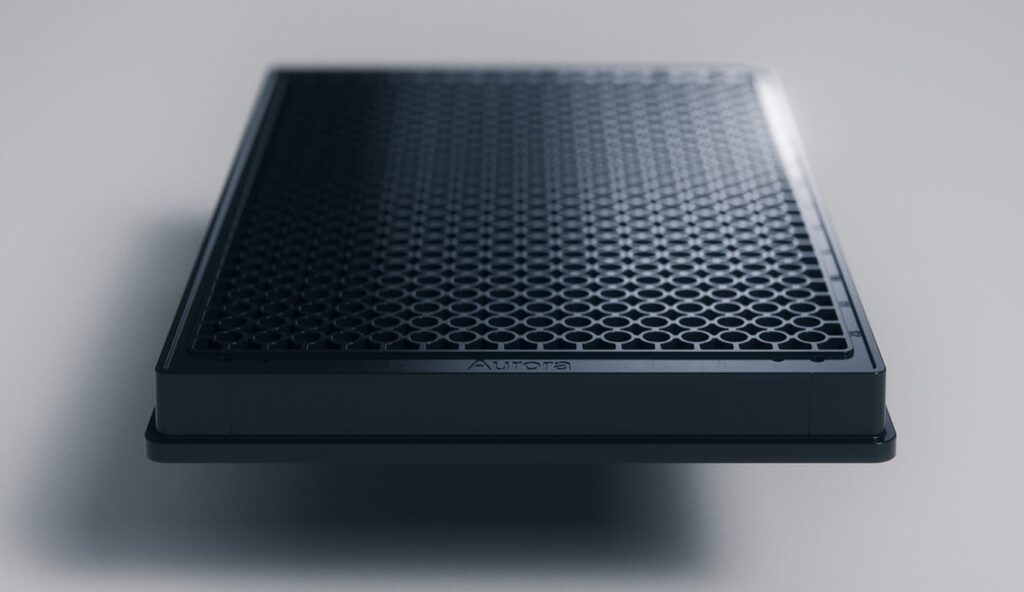
Broad Chemical Resistance:
Our products are chemically inert to many standard laboratory organics including DMSO, for example. This enables the use of our plates for the storage of chemical compound libraries used in screening applications for drug discovery.

Biocompatibility/Chemically Inert:
No catalysts or reactive intermediates are used during the polymerization process and manufacturing of our plates. This results in a very inert plate surface. Additionally, there are no heavy metals or oxidizers present to react with your compounds or biological materials.
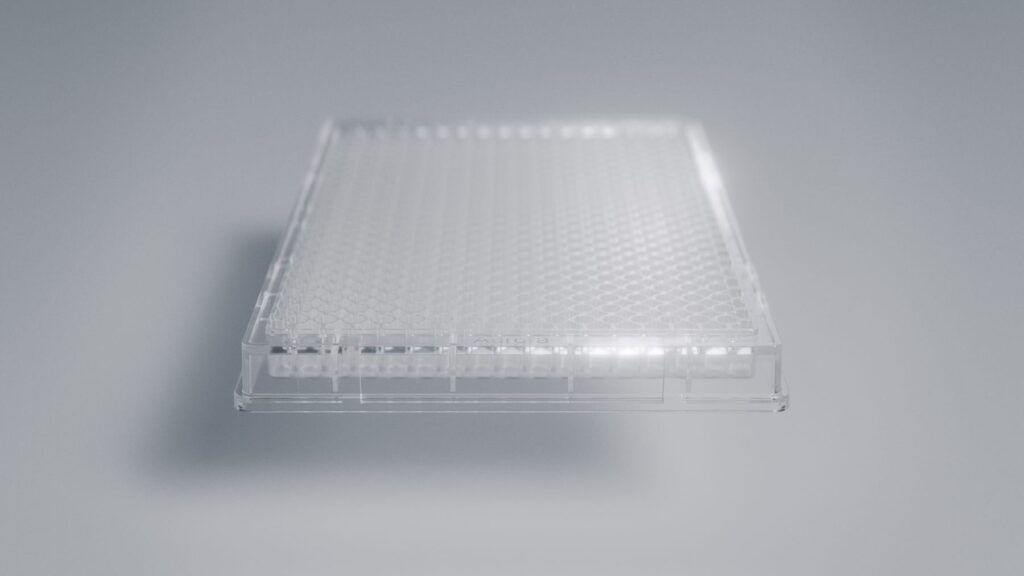
Thermal Stability
Our plates exhibit excellent mechanical memory from -80°C to +120°C. This wide range of stability is conducive to cold storage as well as thermal cycling.
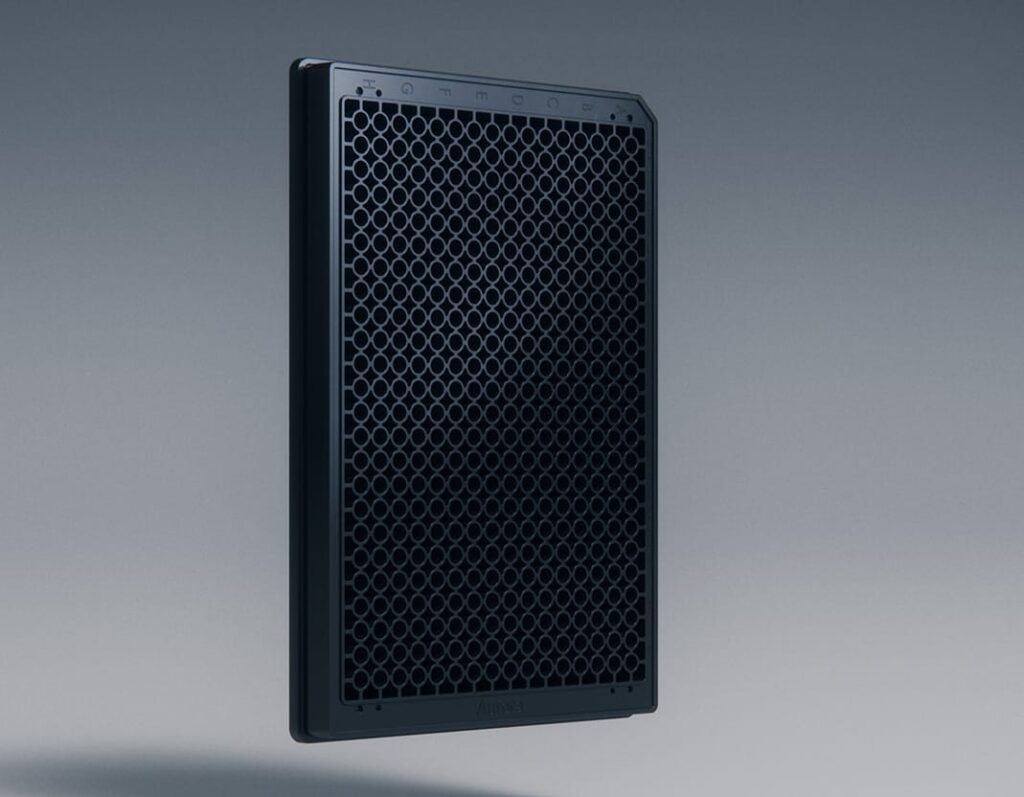
Rigidity for Mechanical Stability
COP’s material hardness and a 2.2GPa rigidity resists microplate surface curvature by mechanical handling or heat treatments below 120°C. In addition, these plates will withstand numerous repetitive heat-sealing applications, without deforming the top surface-which is critical in Acoustic Dispensing Applications.

Microplate Flatness:
The flat-bottom design of microplates from Aurora are optimized for high-performance imaging and multi-mode detection. The flat bottom allows for more efficient plate-washing results. The bottom surface is engineered to be extremely flat with a high transmittance window for optical measurements of each well.
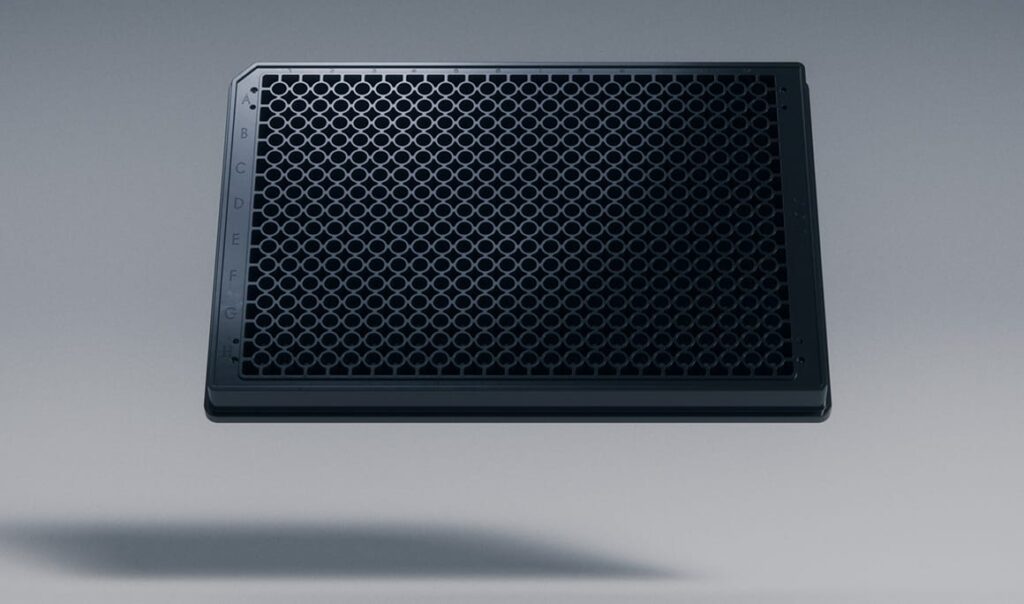
Automation Compatible:
COP Plates meet the rigorous demands of laboratory automation. The plates are qualified for fit and function, ensuring reliable handling in robotic operations. Special automation features on the plates can include fiducials, flanges, and cutouts for positioning and embossing during microplate stacking routines.

Quality Manufacturing:
All microplates are manufactured under strict process controls guaranteeing consistently high performance. Plates are made under clean room conditions in an ISO-13485 registered facility according to currently accepted quality standards. All microplates are non-pyrogenic (<0.06EU/mL). Certain assay requirements may prohibit conforming to these standards to achieve desirous results.

Low Evaporation Lids:
Lids are included with all microplates unless otherwise specified. Each lid significantly reduces sample loss due to evaporation. A series of channels restricts airflow yet allows for gaseous exchange in the well array. This reduces the transfer of water vapor between the wells and the external environment, and results in lower evaporation of aqueous solutions or reduced water uptake for DMSO-based applications.
Design Features
A1 Chamfer
Allows for quick visual orientation of microplates when setting up
automation runs.
Bar Coding:
Each label has an 8-digit number adjacent to the bar code symbol. It
can be used for data collection and auditing of the scientific data on the microplate. Labels have been tested for readability, chemical resistance, and temperature variation.
Well Arrays:
Features an array of 1700 wells on the 1536-well microplates or 3700
wells on the 3456-well microplates, which includes assay wells and perimeter wells.
Perimeter Wells:
The perimeter consists of 164 or244 dummy wells for the
1536-well and 3456-well microplates, respectively. When filled with aqueous or DMSO solutions, these wells effectively shield the assay wells from the edge effects of evaporation or water uptake.
Assay Arrays:
Featuring a 32 X 48 well array for the 1536-well microplates and
a 48 X 72 well array for the 3456-well microplates. Both microplates are compatible with the 8 X 12 grid that is common in liquid handling and microplate reading devices.
Well Dimensions:
Afford a much lower surface area to volume ratio compared to
384-well microplates at the same volumes. This contributes to lower rates of evaporation and higher data quality.
Usable Volume:
Supports a usable volume of 8.75 µL and 2.4 µL for the 1536-well
and 3456-well microplates, respectively.
Round Wells:
Promotes uniform cell distribution by eliminating aggregations in
the corners of square wells. They exhibit a meniscus that is better suited for optical measurements.
Flat Bottom Wells:
Excellent for optical measurements and microscopic examination.
Experience the Cutting Edge of Microplate Technology
Reach out to our expert team today to learn more about how Aurora Microplates can be integrated into your research protocols and enhance your scientific outcomes. Our plates are compatible with all standard lab readers and meet ANSI SLAS microplate standards, ensuring seamless integration into your existing workflows.


